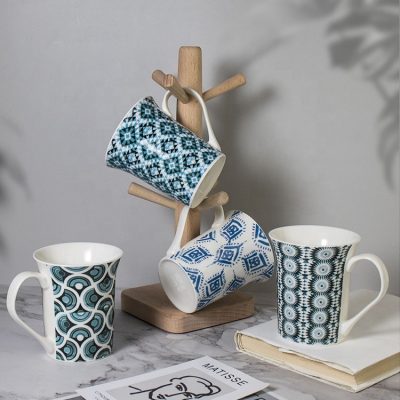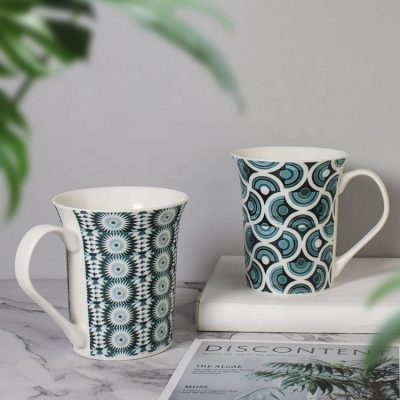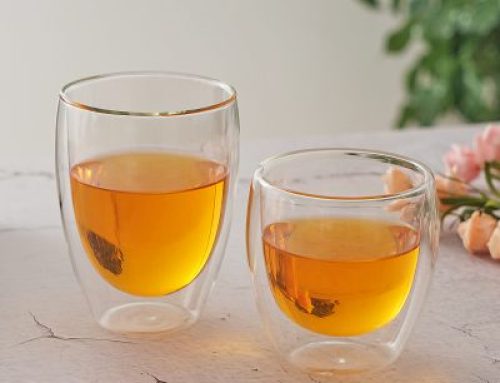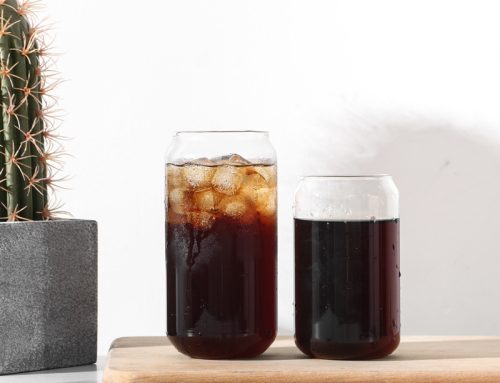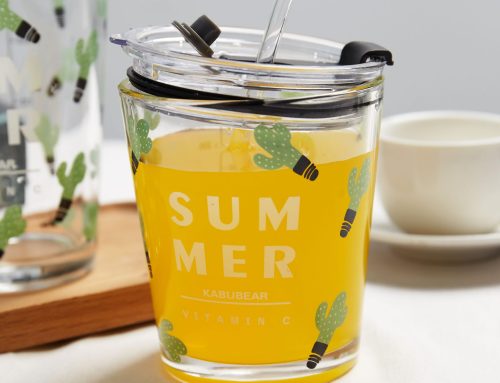Making tea is also one of the ways to maintain health, but there are many devices that can make tea. If you use a glass to make tea, will you put tea in the water first or put tea in the water first? What’s the difference between different orders? There may be many little friends who don’t realize this problem. Next, Yongkang glass manufacturer will tell you about the common tea feeding methods and the differences between them. Interested little friends, let’s have a look!
Glass manufacturer
Pour water first and then put tea, which is called the upper throwing method. Let the tea slowly fall into the hot water to avoid the turbidity of the tea soup. Usually, delicate green tea and black tea with a lot of tea, such as Xinyang Maojian, Biluochun, Qimen Maofeng and super Sichuan Red, can be brewed in this way. In addition, there is a premise for using the up investment method, that is, tea with relatively tight knot and high density, otherwise it won’t sink, will it.
First pour in a small amount of water, put in tea, and then pour in hot water until it is seven minutes full, which is called Zhongtou method. First inject hot water into the glass, no more than 1 / 3, and warm the glass; Put in the tea and shake the glass to blend the tea and water; Pour 85 degree boiling water into the cup from a high place, and the tea will spread out in the cup, overflowing with tea fragrance.
First put tea and then pour water, which is called dropping method. When flushing, tea can roll with the water flow. Dry tea can contact hot water quickly and thoroughly, which can make the taste of tea soup uniform.
The above three methods are related. According to the order of water flushing and tea pouring, they can be divided into upper pouring, middle pouring and lower pouring. Different methods of tea pouring also make great differences in the taste of brewed tea, but they need to be roughly distinguished according to the tenderness of different green tea. It does not mean that a kind of green tea can only use one method of tea pouring, In fact, the taste of tea is closely related to the quality of the cup
